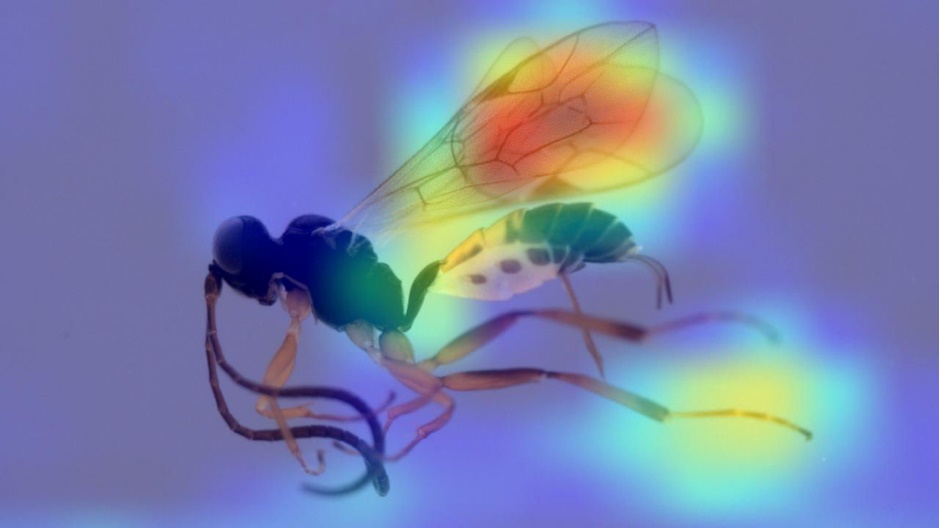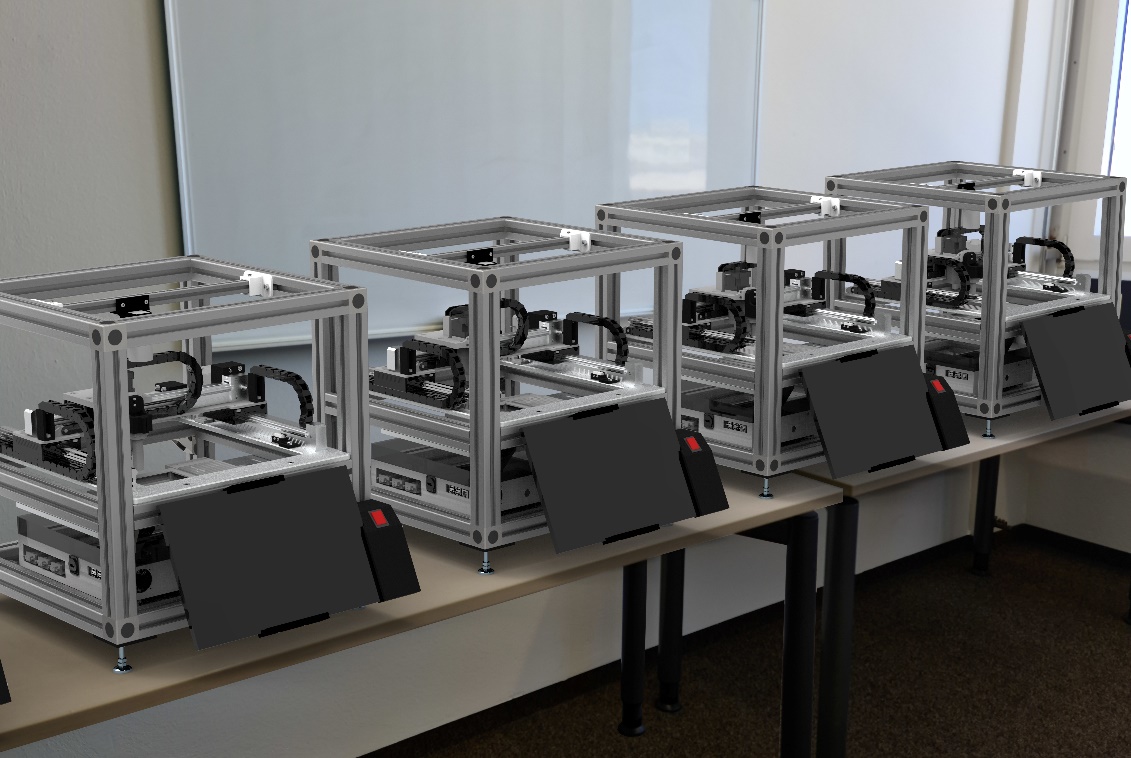
DiversityScanner – Sorting robot for biodiversity research
- Contact:
- Project Group:
- Funding:
Museum für Naturkunde – Leibniz Institute for Evolution and Biodiversity Science (MfN), Berlin
- Partner:
Museum für Naturkunde – Leibniz Institute for Evolution and Biodiversity Science (MfN), Berlin
- Startdate:
2021-01-01
A fully automated sorting robot for small insects is developed in close cooperation with the Leibniz Institute for Evolutionary and Biodiversity Research in Berlin, that can classify and sort 14 different insects using machine learning methods. The quantification of insects from collected trap samples is necessary to identify threatened insect species and to take appropriate preventive measures.
Of the estimated 10 million insect species, only 10% have been classified to date, thus biodiversity remains poorly explored [*]. Since many insect species are threatened of extinction or are displaced by introduced other insect species, a worldwide regular monitoring is necessary. Traditional quantification techniques require manual handling and classification based on morphology which is slow and labor-intensive. For this reason, a fully automated sorting robot for small insects is developed, that can classify different insect specimens based on machine learning algorithms. The average assignment precision for 14 different insect classes is 91.4 % with a small artificial neural network. The specimen images are also used to estimate the body volume to obtain biomass information.
Reference:
[*] Elizabeth Pennisi: Artificial intelligence could help biologists classify the world’s tiny creatures. June 4, 2021. Science News, doi:10.1126/science.abj8374
| 2025-03-24 | IAI article on biodiversity research in NEULAND magazine |
| 2025-01-16 | IAI article on biodiversity research in lookKIT magazine |
Publications
Wührl, L.; Rotmann, K.; Meier, R.; Hartop, E.; Klug, N.; Pylatiuk, C.
2023. 2023 3rd International Conference on Robotics, Automation and Artificial Intelligence (RAAI), Singapore, Singapore, 14-16 December 2023, 226–230, Institute of Electrical and Electronics Engineers (IEEE). doi:10.1109/RAAI59955.2023.10601274
Pylatiuk, C.
2023, October 18. 12. European Congress of Entomology (ECE 2023), Heraklion, Greece, October 16–20, 2023
Wührl, L.; Pylatiuk, C.; Giersch, M.; Meier, R.
2022, July 27. HENNIGXXXIX (2022), Helsinki, Finland, July 24–28, 2022
Wührl, L.; Pylatiuk, C.; Giersch, M.; Lapp, F.; Rintelen, T.; Balke, M.; Schmidt, S.; Cerretti, P.; Meier, R.
2022. Molecular ecology resources, 22 (4), 1626–1638. doi:10.1111/1755-0998.13567
Wührl, L.; Pylatiuk, C.; Giersch, M.; Lapp, F.; Rintelen, T. von; Balke, M.; Schmidt, S.; Cerretti, P.; Meier, R.
2021. doi:10.1101/2021.05.17.444523


